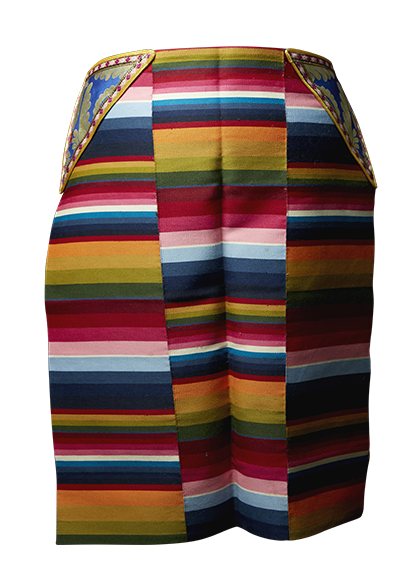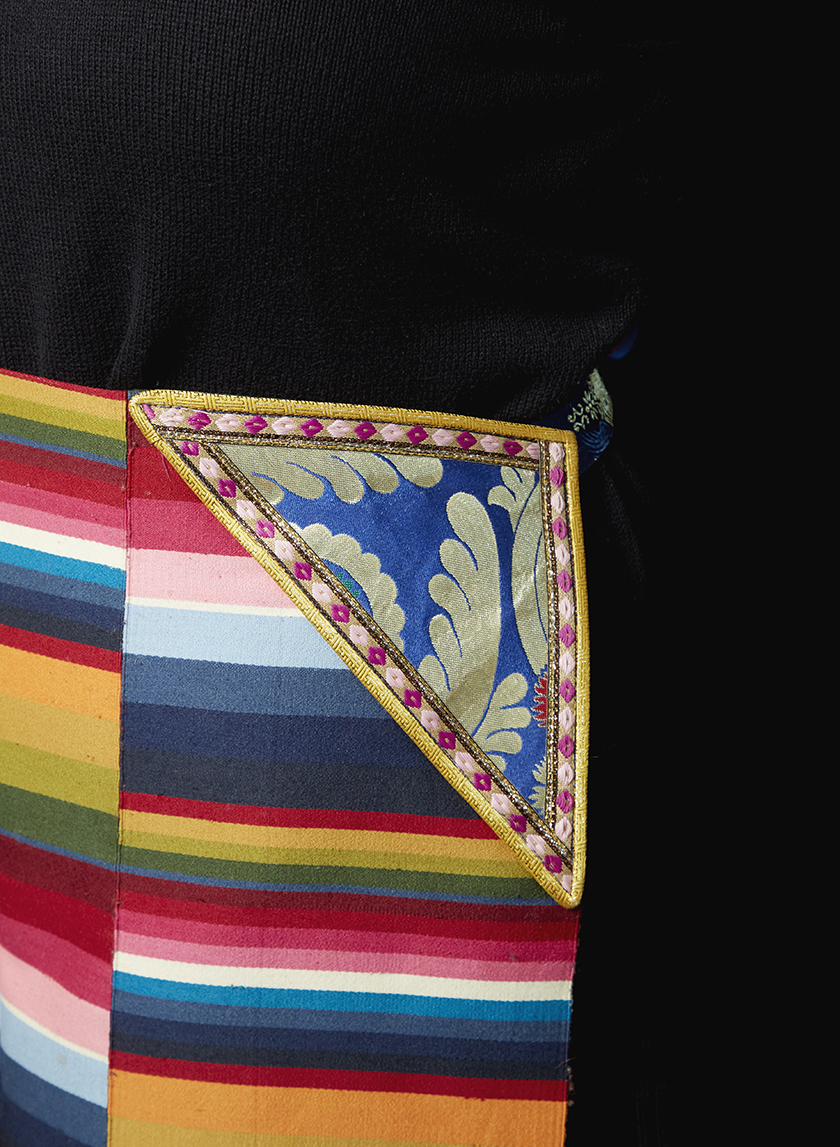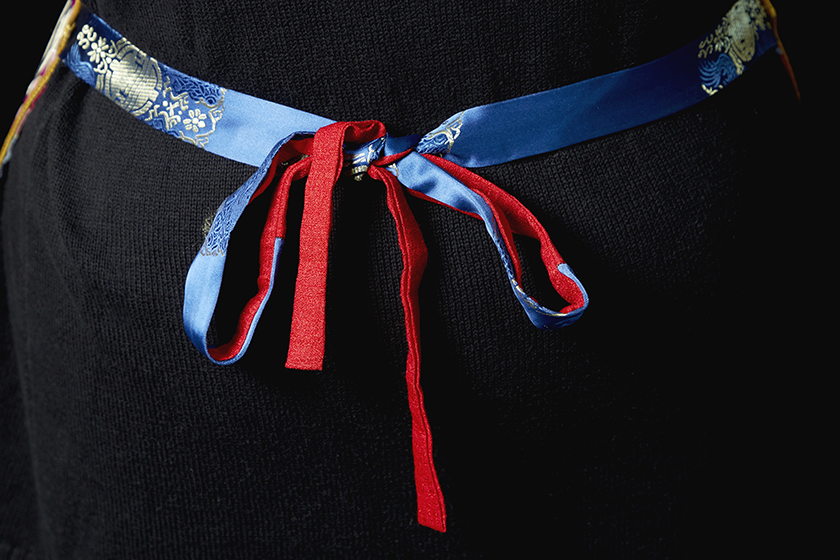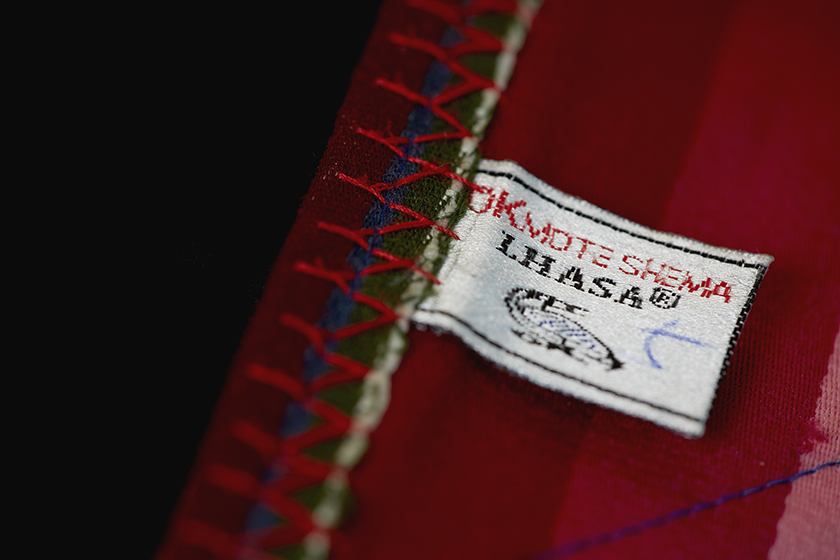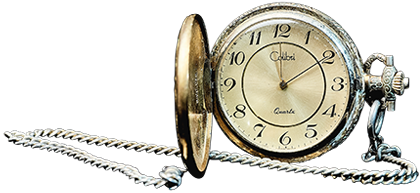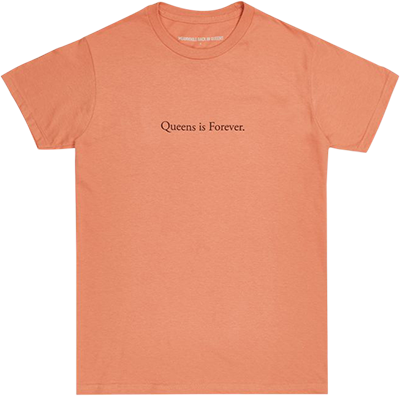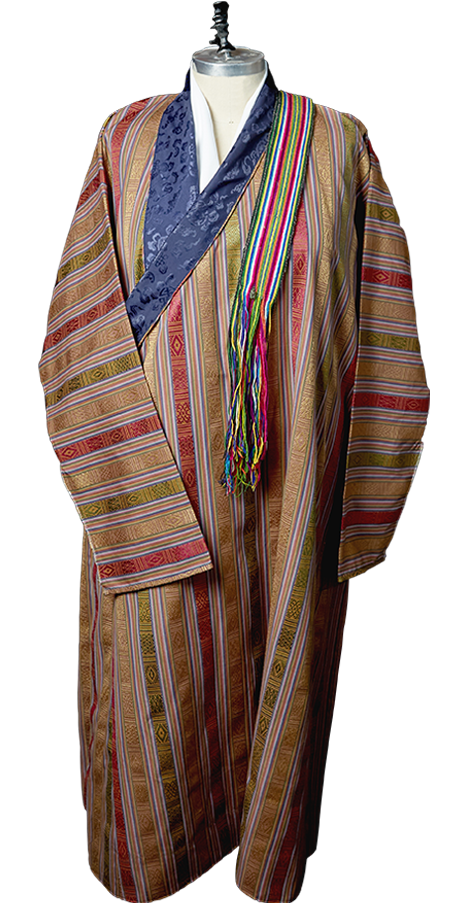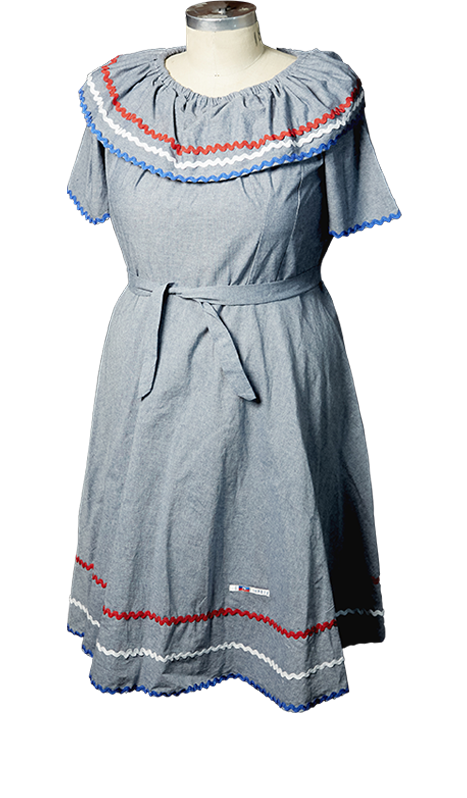Pangden
ABOUT
This Tibetan pangden has a modern style as it is made from cotton and silk instead of wool. The pangden presents vibrant and neutral colors, like red, purple, green, and shades of brown, placed in a striped pattern. Dolma D. Sherpa received this pangden from her mother, who obtained it as a gift from her sister who resides in Thingri, Tibet. Pangden have been made for around six hundred years. The Tibetan pangden is a traditional way of determining the wearer’s gender and marital status without having to explain. In modern times, the pangden is also used as a fashion statement. The garment is passed down from a mother to daughter to symbolize a woman’s transition from childhood to adulthood. It is traditionally made using wool to keep the wearer warm. The pangden is also made and used in India, Nepal, Bhutan, and western European countries. In many of these countries, the pangden is apron-shaped and made with varying shades of colors such as white, red, purple, blue, and greens. The purpose of a pangden depends on the region in which it was made. In Tibet, a pangden is worn for home and fieldwork, such as baby care.
— Magaly Villano
Click on Image to View Gallery
ORIGIN
Lhasa, Tibet
APPROXIMATE DATE
c. 2000
MATERIALS
Cotton, silk and unspecified materials
COLLECTION OF
Dolma D. Sherpa

Pangden
Click on Image to View Gallery
ABOUT
This Tibetan pangden has a modern style as it is made from cotton and silk instead of wool. The pangden presents vibrant and neutral colors, like red, purple, green, and shades of brown, placed in a striped pattern. Dolma D. Sherpa received this pangden from her mother, who obtained it as a gift from her sister who resides in Thingri, Tibet. Pangden have been made for around six hundred years. The Tibetan pangden is a traditional way of determining the wearer’s gender and marital status without having to explain. In modern times, the pangden is also used as a fashion statement. The garment is passed down from a mother to daughter to symbolize a woman’s transition from childhood to adulthood. It is traditionally made using wool to keep the wearer warm. The pangden is also made and used in India, Nepal, Bhutan, and western European countries. In many of these countries, the pangden is apron-shaped and made with varying shades of colors such as white, red, purple, blue, and greens. The purpose of a pangden depends on the region in which it was made. In Tibet, a pangden is worn for home and fieldwork, such as baby care.
— Magaly Villano
ORIGIN
Lhasa, Tibet
APPROXIMATE DATE
c. 2000
MATERIALS
Cotton, silk and unspecified materials
COLLECTION OF
Dolma D. Sherpa

OTHER OBJECTS FROM THE EXHIBITION

